Discover insights, tips, and stories from the skies — from aircraft buying guides to pilot training.
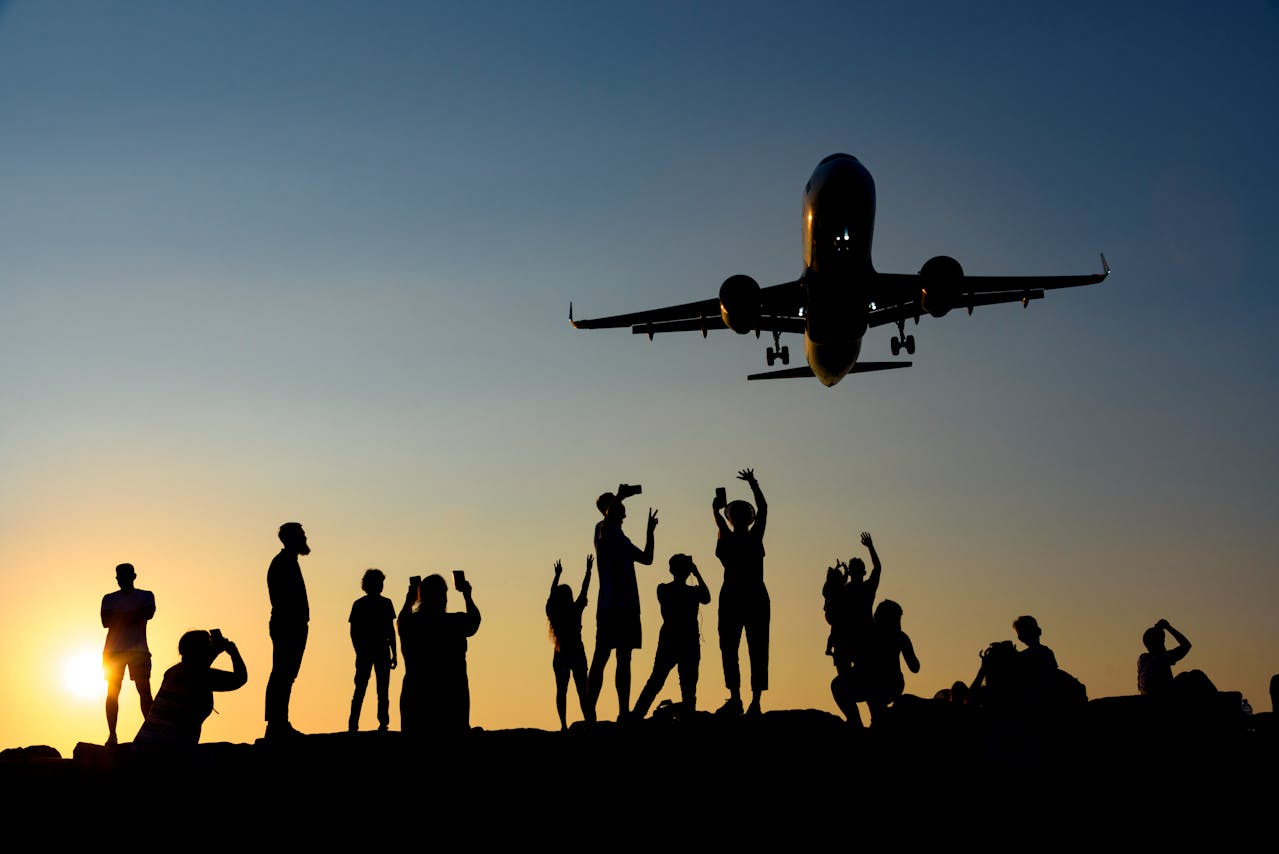
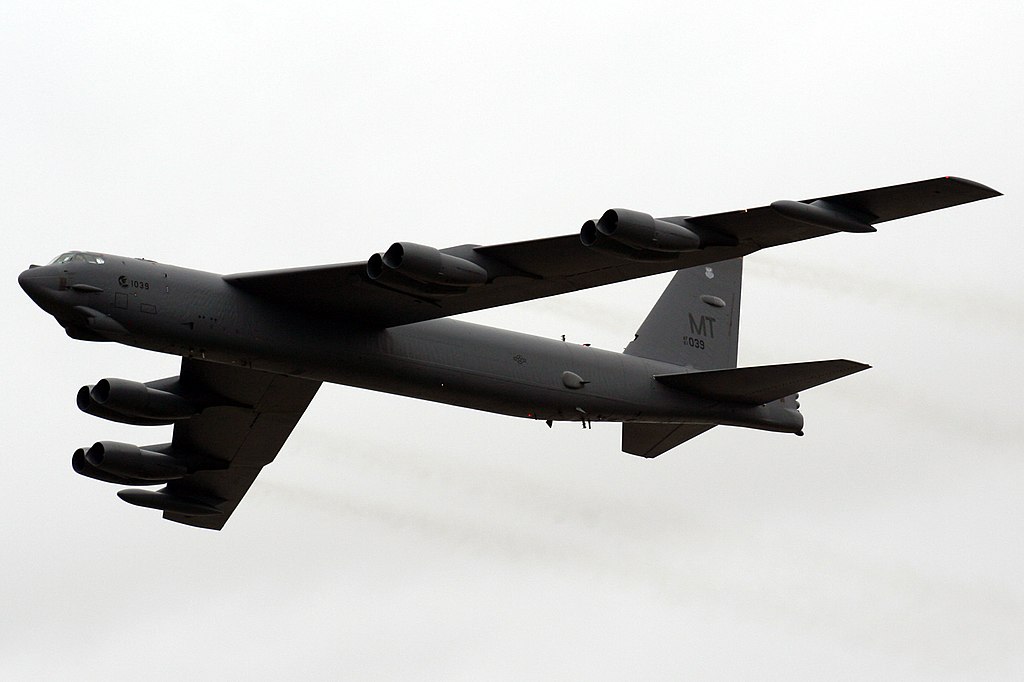
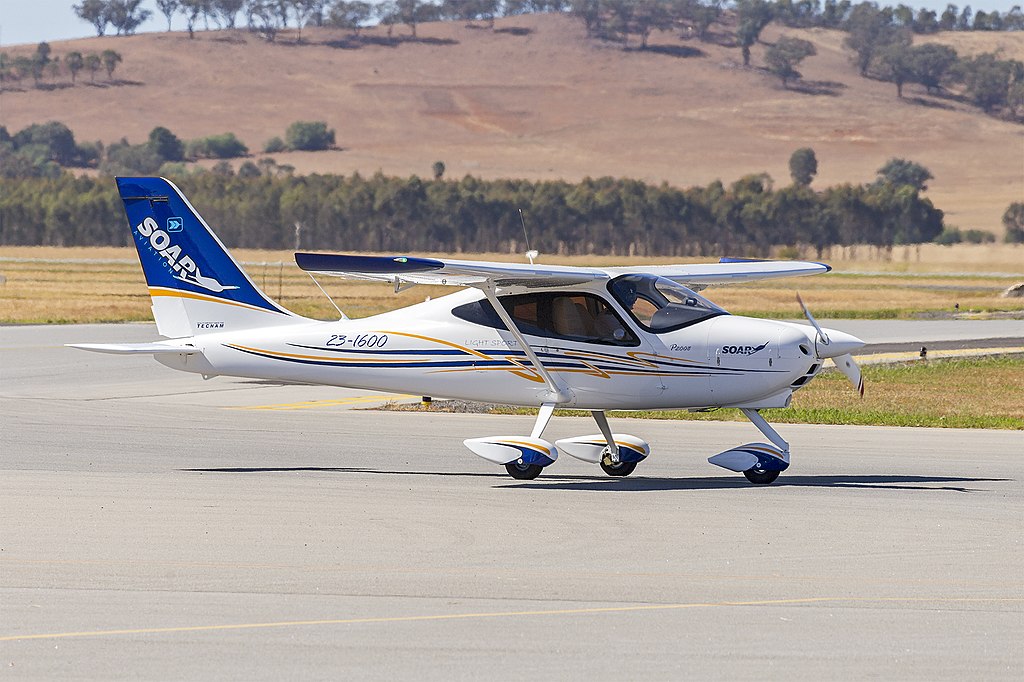
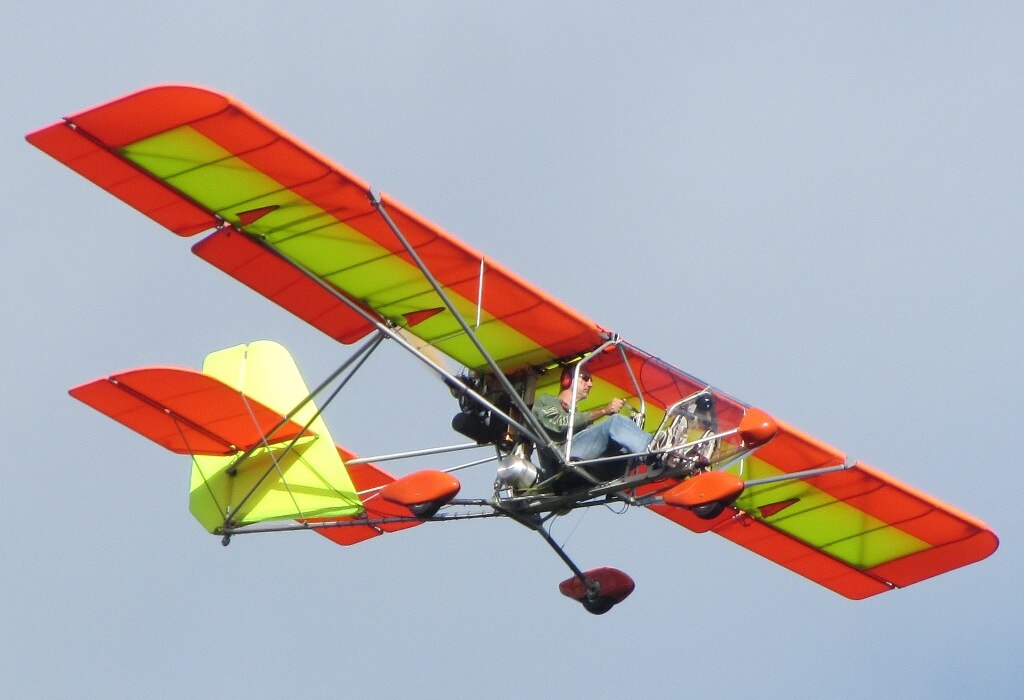
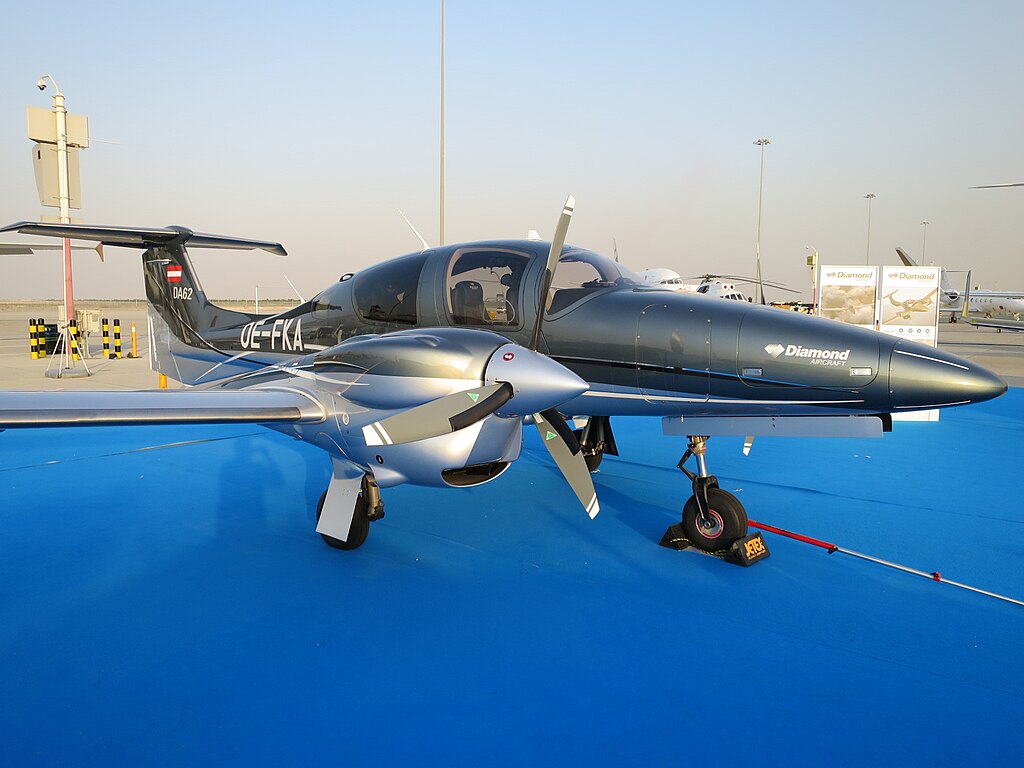

Published: August 10, 2025
For more than a century, nations have built special planes designed to carry bombs over long distances. These machines have shaped wars, protected countries, and pushed the limits of technology. Some of the most famous examples include the B-52 Stratofortress, the Tu-160, and the sleek B-2. Each one tells a story about how far human aviation has come.
Before we dive into the full list of the 11 best bomber aircraft, let’s first look at the basics, how they work, and why they still matter today.
A bomber is a type of aircraft built to carry and release bombs. Unlike fighters, which are fast and small, bombers are often bigger, slower, and focused on delivering a large payload to a target. They can be used in wars, in defense missions, or to send a message of strength.
Bombers come in different forms:
A strategic bomber is different from a simple bomber aircraft because it is built to travel great distances and deliver very powerful weapons, including the cruise missile. These are meant to strike deep inside enemy territory. By contrast, tactical bombers work closer to the battlefield.
Some names in bomber history stand out:
Bombers have been central to every major air force in modern times. They provide a unique mix of power, distance, and influence. While the look and technology of bombers have changed over the decades, the mission remains the same: fly far, carry heavy loads, and strike effectively.
While bombers are large and powerful, not all planes in aviation are built this way. For example, light sport aircrafts are designed for training, recreation, and short trips. They show the wide variety of airplane types, from small trainers to massive bombers.
At first glance, a bomber may look like a very large airplane. But these machines are carefully built to handle unique jobs. The design often includes big wings, powerful engines, and space for bombs, missiles, and sometimes defensive guns.
Key features of how bombers work:
Each bomber has its own specialty. The Tu-16 was important for early Soviet jet aviation. The B-1, also called the Lancer, combines speed with a huge weapons bay. The B-2 focuses on being invisible to radar. The B-52 Stratofortress, sometimes called simply the Stratofortress, has lasted so long because it can be upgraded again and again.
Behind these machines are crews and pilots trained to manage long flights and complex missions. The teamwork between people and technology keeps these bombers ready for anything.
Some people might wonder why countries still build bombers when they already have missiles, drones, and high-tech fighters.
In fact, at the other end of the spectrum, the most ultralight aircrafts are used for sport and hobby flying, showing how aviation serves many different needs.
The answer is simple: bombers bring something unique to an air force. They combine speed, distance, and flexibility.
Reasons bombers still matter:
Examples from history and today show this power:
Even though technology changes, bombers remain a strong tool. They can move quickly, deliver powerful strikes, and return to base. No other type of plane offers that exact mix. That is why bombers remain at the center of global aviation, and why every major power continues to develop or modernize them.
Across history, a small group of planes stand out as the best bomber aircraft. These machines shaped battles, carried huge loads, and kept enemies at a distance.
Each one has its own story, role, and special feature. Some are famous for speed, others for endurance, and others for technology that was far ahead of its time.
| Aircraft | Country | First Flight | Max Speed (Mach) | Range (miles) | Payload Capacity | Role/Notes |
| Boeing B-52 Stratofortress | USA | 1952 | 0.84 | 8,800 | 70,000 lb | Long-range strategic bomber, still in service |
| Northrop Grumman B-2 Spirit | USA | 1989 | 0.95 | 6,900 | 40,000 lb | Stealth bomber, nuclear/conventional capable |
| Northrop Grumman B-21 Raider | USA | 2023 | Unknown (projected ~0.9) | ~6,000+ | ~30,000+ lb | Next-gen stealth bomber, under development |
| Rockwell B-1B Lancer | USA | 1974 | 1.25 | 7,500 | 75,000 lb | Supersonic bomber with swing wings |
| Tupolev Tu-160 "Blackjack" | Russia | 1981 | 2.05 | 7,600 | 88,000 lb | Fastest and largest strategic bomber |
| Tupolev Tu-95 "Bear" | Russia | 1952 | 0.84 | 9,300 | 45,000 lb | Long-range turboprop bomber, nuclear capable |
| Tupolev Tu-16 "Badger" | USSR/Russia | 1952 | 0.93 | 4,500 | 20,000 lb | Early Soviet jet bomber, later built in China as H-6 |
| Boeing B-29 Superfortress | USA | 1942 | 0.7 | 3,250 | 20,000 lb | WWII bomber, dropped first atomic bombs |
| Boeing B-17 Flying Fortress | USA | 1935 | 0.5 | 2,000 | 8,000 lb | WWII heavy bomber, iconic in daylight raids |
| Avro Lancaster | UK | 1941 | 0.57 | 2,500 | 22,000 lb (Grand Slam) | WWII British heavy bomber, famous for Dambusters raid |
| Avro Vulcan | UK | 1952 | 0.96 | 4,600 | 21,000 lb | Cold War delta wing bomber, nuclear deterrent, Falklands role |
The following is a deeper look at eleven of the most important bombers ever built.
The Boeing B-52 Stratofortress is one of the most recognizable planes in history. First flown in the 1950s, it is still flying today. This plane can carry over 70,000 pounds of weapons and travel thousands of miles without stopping. It has served in Vietnam, the Gulf War, and in recent conflicts around the world.
Why is it so special? It lasts. Crews call it reliable, flexible, and surprisingly tough. Engineers continue to upgrade it with new engines, sensors, and digital systems. Even though newer bombers exist, the B-52 is expected to stay in service into the 2050s. That means it will serve for nearly 100 years, making it a true legend in military aircraft history.
The B-2 Spirit is famous for its unique shape. It is a stealth bomber designed to avoid radar. This makes it very hard to detect and track. First used in the late 1990s, the B-2 can carry both conventional bombs and nuclear weapons.
The B-2 is also a strategic heavy bomber. It can fly across continents with a massive load, strike targets, and return home. Its design changed how the world thought about bombers. Instead of relying on speed or altitude, it used stealth to slip past defenses. Today, it remains one of the most advanced combat aircraft ever built.
The B-21 Raider is the newest strategic bomber aircraft. It had its first flight in 2023 and is now in testing. The United States built it to replace older bombers and to meet modern threats. It will be able to use precision weapons, advanced sensors, and flexible mission options.
The B-21 is also designed to work alongside drones and satellites, making it a core part of the future bomber force. When it becomes fully active, it will serve as the main operational strategic bomber for decades to come.
The B-1B Lancer, also called the “Bone,” is a supersonic bomber. It can fly at Mach 1.2, which is faster than the speed of sound. With swing wings that adjust in flight, it can fly low and fast or high and efficient.
The B-1B carries the largest payload of any American bomber. It can deliver guided bombs, cluster munitions, and even long-range missiles. While it was first built for nuclear missions, it now focuses on conventional strikes. Its ability to fly low and fast makes it one of the most flexible long-range bombers in the world.
The Tupolev Tu-160, called “Blackjack” by its NATO reporting name, is the largest and fastest bomber ever built. It is a supersonic bomber that can reach over Mach 2. With variable-sweep wings and huge engines, it looks as powerful as it performs.
This Russian strategic heavy bomber carries cruise missiles and nuclear weapons. Like the B-1B, it was designed for deep-penetration strikes. It remains in service today, with modernized versions called Tu-160M entering the fleet. It represents Russia’s pride in long-distance airpower and stands as a symbol of its bomber force.
The tupolev tu-95 is one of the most famous Cold War bombers. It is a turboprop aircraft with swept wings and four giant engines. Each engine has two contra-rotating propellers, which make a very loud and unique sound. Its NATO reporting name is “Bear.”
Even though it first flew in the 1950s, the Tu-95 remains in service today. It can carry nuclear or conventional weapons, including the cruise missile. Because it is reliable and can fly long distances, Russia still uses it for patrols. It may not be stealthy, but its presence in the sky sends a clear signal of power.
The tupolev tu-16 was an early Soviet jet bomber. Its NATO reporting name was “Badger.” It entered service in the 1950s and became the backbone of the Soviet bomber force for many years.
The Tu-16 was a long-range bomber that carried free-fall bombs and early guided missiles. China built its own version called the H-6, which is still flying today in modernized form. While it was replaced by newer bombers in Russia, the Tu-16 marked an important step in the development of jet-powered strategic bomber aircraft.
The B-29 was one of the most advanced bombers of World War II. It had pressurized cabins, remote-controlled gun turrets, and a massive range. It was the plane that dropped the first atomic bombs on Hiroshima and Nagasaki.
The B-29 served as both a strategic heavy bomber and a test platform for new technology. Its legacy is enormous, and it influenced every military aircraft that came after. For its time, it was the most advanced bomber aircraft in the world.
The B-17 was another famous World War II bomber. Known for its strength and defensive guns, it flew in large formations over Europe. Crews respected its ability to survive heavy damage and still make it back to base.
The B-17 served as a strategic bomber for daylight raids. While it did not have the payload of the B-29, it became a symbol of Allied strength. Its role in the war cemented its place as one of the best bomber aircraft ever designed.
The Avro Lancaster was the main British heavy bomber of World War II. It carried out famous missions like the “Dambusters Raid,” where special bouncing bombs destroyed German dams.
The Lancaster was able to carry very large weapons, including the 22,000-pound “Grand Slam” bomb. This made it one of the most powerful strategic heavy bombers of its time. Its success gave the Royal Air Force a strong reputation during the war.
The Vulcan was a Cold War British bomber with a distinct delta wing design. It was built as part of the UK’s nuclear strike force. Later, it served in conventional roles, including long missions in the Falklands War.
The Vulcan showed how a strategic heavy bomber could adapt to different missions. Its ability to carry nuclear weapons, travel long distances, and even perform close air support made it very versatile. It was one of the last iconic British bombers before the shift toward smaller attack aircraft and fighter aircraft.
Each of these planes played a unique role. From the operational strategic bomber missions of the B-52 to the modern stealth of the B-2, bombers have shown lasting power. They remain critical to every major nation’s air strategy. Together, they tell the story of how combat aircraft evolved from simple World War II designs to the advanced machines we see today.
From the massive B-52 Stratofortress to the Tu-160 and the stealthy B-2, bombers have shaped history and remain key players today. The 11 best bomber aircraft tell a story of power, technology, and endurance. They remind us how nations protect themselves and project strength far beyond their borders.
To explore more stories like this, visit Flying411 for aviation insights and updates.
A bomber is built to carry heavy weapons over long distances, while a fighter is smaller and focuses on speed, agility, and air-to-air combat.
Yes. Some bombers like the Tu-160 and B-1 Lancer can fly at supersonic speeds, measured in Mach numbers.
Missiles, like the cruise missile, allow bombers to strike from far away without entering dangerous air defenses.
The first B-52 flew in the 1950s, and updated versions are still flying today. It is one of the longest-serving aircraft in history.
No. Only a few countries operate true strategic bombers, such as the United States, Russia, and China.